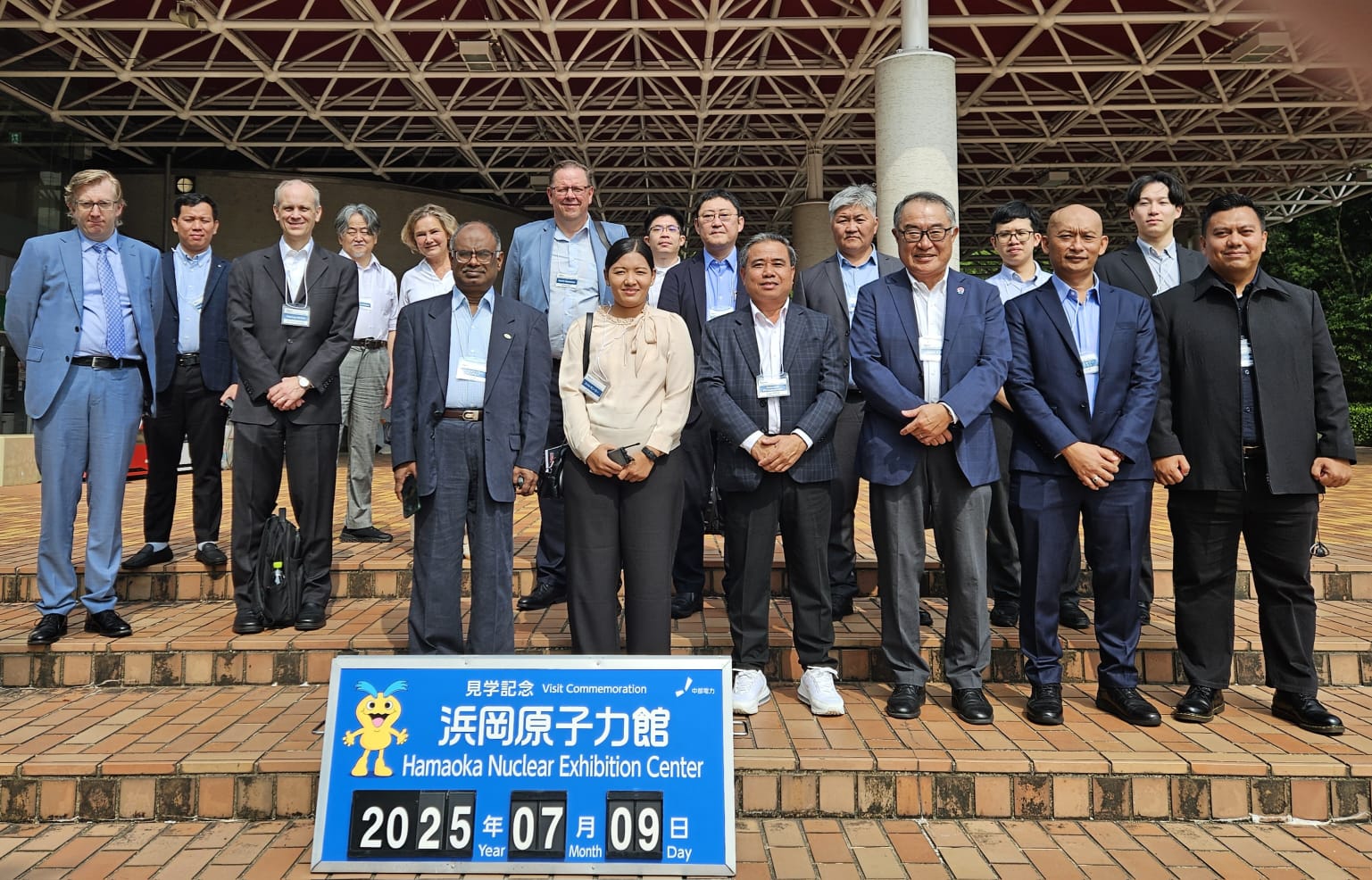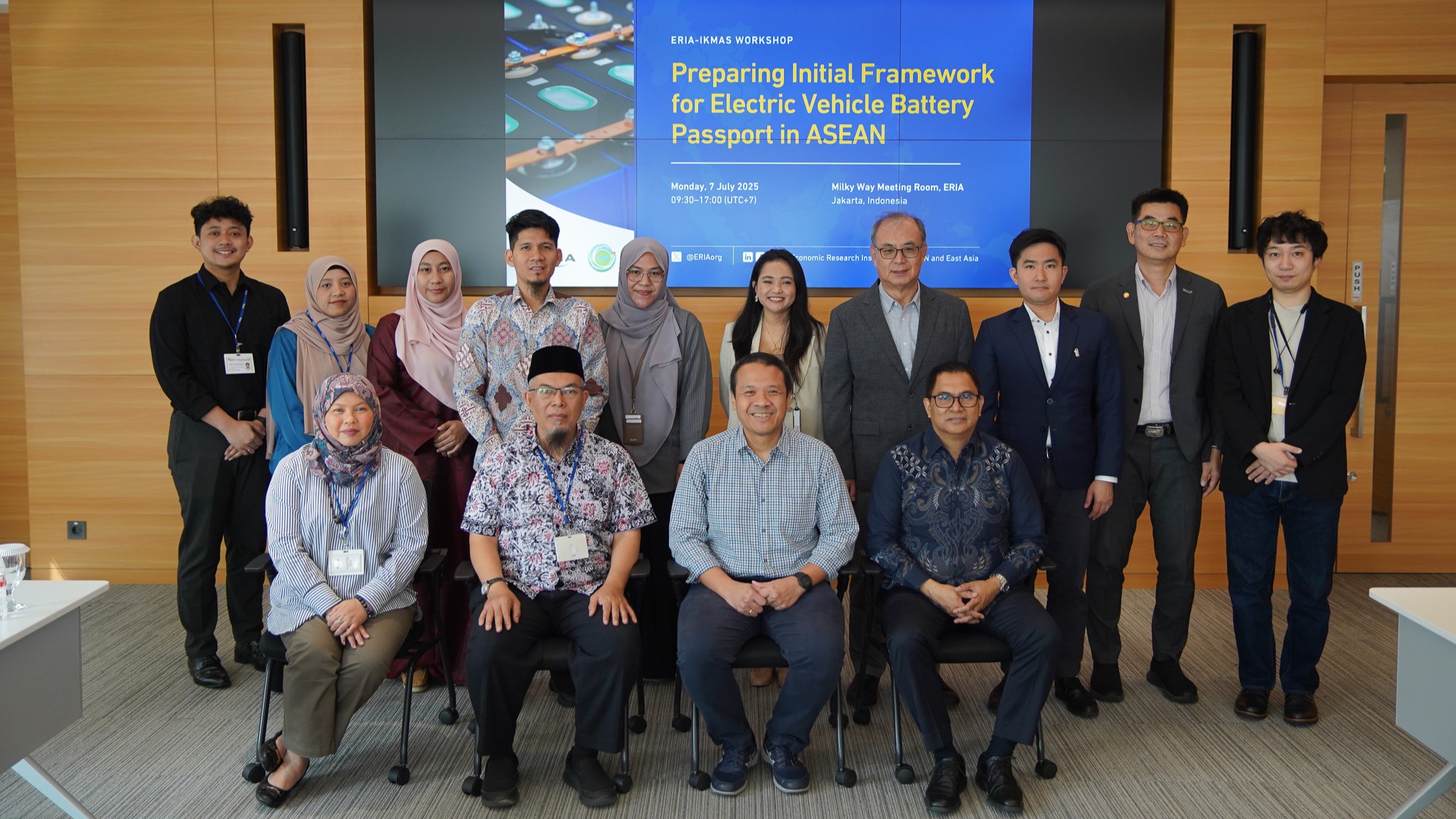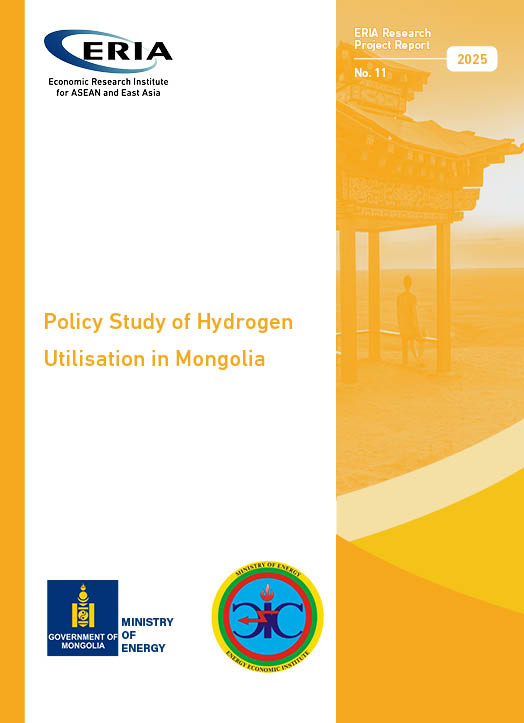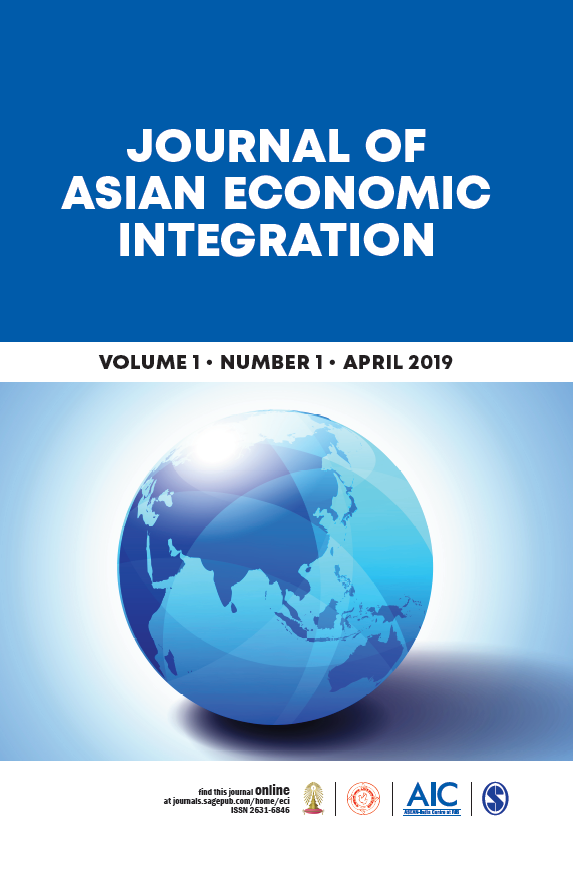Making ASEAN's E-Commerce Landscape Count - Adopting a Value Chain Approach
Date:
1 January 2018Category:
SIIA InsightsTopics:
ASEAN, Digital Economy, E-commerce, SingaporeShare Article:
Print Article:
Singapore, 2018: Singapore is taking over the chairmanship at a time when there is growing anti-globalisation and anti-trade sentiment around the world. In this context, Singapore has made cooperation on the digital economy a key priority for its chairmanship, encouraging ASEAN countries to streamline trade rules governing e-commerce.
ASEAN's micro, small, and medium enterprises (MSMEs) stand to gain significantly from e-commerce, as it allows them to gain wider market access without incurring overhead costs. MSMEs form the backbone of South-east Asia's economy, accounting for more than 96 per cent of all enterprises in the region and employing the majority of ASEAN's workers.
However, while ASEAN stands at the cusp of a digital revolution, there are questions regarding ASEAN's ability to navigate the complexities of technological change and digital disruption. To tap into ASEAN's e-commerce potential, the sector cannot be looked at from a singular perspective. Instead, ASEAN leaders need to work towards supporting the entire value chain. This means empowering different players within the e-commerce ecosystem including the industry leaders, successfully integrating ASEAN's logistics sector and building trust among potential consumers to participate in cross-border transactions.
In this spirit, a recent discussion paper published by the Economic Research Institute of ASEAN and Asia (ERIA) makes three key policy recommendations to ensure that ASEAN benefits from the digital revolution and does not get left behind.
First, as the e-commerce space is new and thrives on innovation, ASEAN should aim to provide supportive mechanisms which cushion the disruption caused by competition, but it is equally important that ASEAN governments not blindly control the industry. Care must be taken not to introduce rules and regulations which inadvertently prevent e-commerce players from gaining regional market access. Incumbent players should also explore ways to collaborate with new players in their sectors. In Singapore, ComfortDelGro is in talks with Uber regarding the possibility of commuters booking Comfort taxis on Uber's app.
If ASEAN wants to create a regional online marketplace, there must be a safe, secure and predictable e-commerce framework with free flows of data and comprehensive competition laws. For example, four ASEAN members, Brunei, Malaysia, Singapore and Vietnam, have already agreed on a set of e-commerce principles as part of the Trans-Pacific Partnership (TPP) framework. TPP 11 talks are ongoing, involving the remaining countries of the trade pact following the departure of the United States, and this can be a useful starting point for ASEAN negotiations on e-commerce.
Second, to address ASEAN's vast infrastructure deficit, the public sector needs to lead in infrastructure building, but support must also come from the private sector. ASEAN needs to encourage more public-private partnerships, inter-governmental cooperation and foreign investment, for instance involving both China and Japan, which have expressed interest in backing infrastructure projects in ASEAN in recent years.
Third, e-payment systems in ASEAN need to move beyond simple e-banking and mobile payment methods. E-payments act as a vital bridge between the virtual and physical aspects of e-commerce. E-payment systems should evolve from just a means to make payment to a multi-faceted service platform that can ensure transition security, trace credit records, and offer consumer protection. This would help instil trust amongst ASEAN consumers, driving long-term growth.
E-commerce and the digital space present significant challenges for policymakers. The unique characteristics of the digital economy require entirely new sets of regulations, a problem exacerbated by the sector's rapid rate of change. Regulators are also unsure how to best balance the potential benefits of the digital economy with its dangers and risks.
ASEAN has a rising middle class and many ASEAN countries have a young population, internet-savvy, and active users of mobile and social media. The region therefore has a great deal of untapped potential for e-commerce. By working together, ASEAN can build a thriving e-commerce and digital ecosystem in the region in the coming years.
Sources
Developing Asia in the Era of Cross-border E-commerce [ERIA Discussion Paper Series, Oct 2017]








